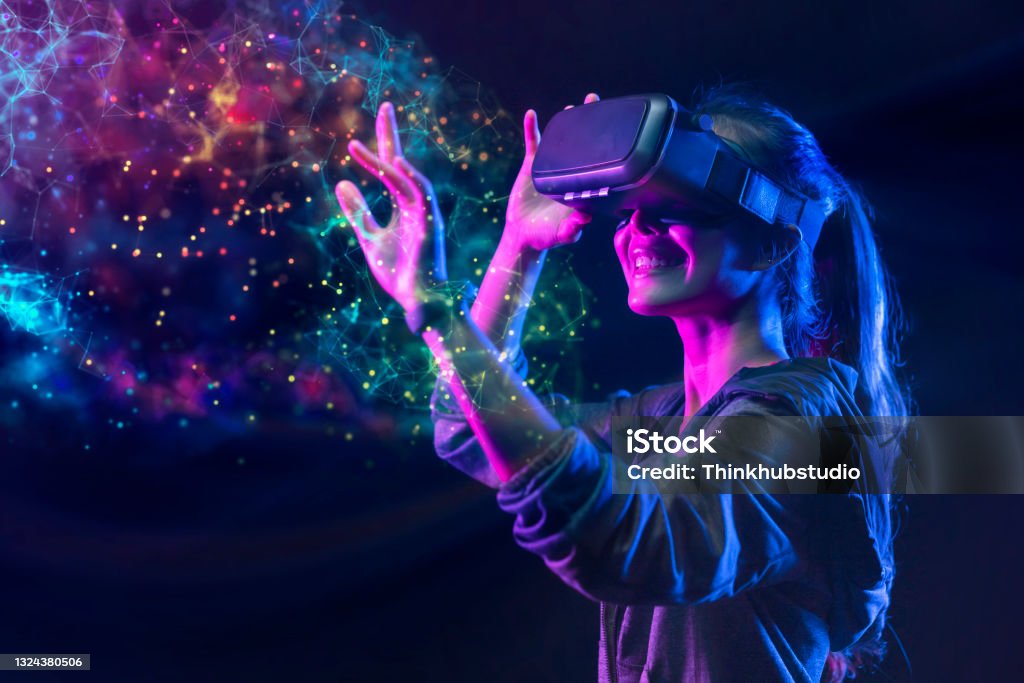The accessibility of virtual performances has opened up new possibilities for artists and audiences alike, transforming the way we engage with and experience performance art. Virtual performances, which take place in digital environments, have the potential to reach a broader and more diverse audience, breaking down geographical limitations and making performance art more accessible than ever before. In this article, we will explore the impact of virtual performances on accessibility and the benefits and challenges they present.

One of the significant advantages of virtual performances is their ability to transcend physical boundaries. Traditional performance art often relies on specific venues and locations, limiting its accessibility to those who can attend in person. Virtual performances, on the other hand, can be accessed from anywhere in the world as long as there is an internet connection and the necessary devices. This expanded accessibility allows individuals from different geographical locations to experience performances they may not have had the opportunity to see otherwise.
Another aspect of accessibility is the potential for inclusivity in virtual performances. Digital environments can be designed to be more accessible to individuals with disabilities. For example, features such as closed captions, audio descriptions, and alternative navigation options can be incorporated into virtual performances to accommodate different accessibility needs. This inclusivity ensures that individuals with hearing impairments, visual impairments, or mobility limitations can fully engage with and appreciate the performances.
Additionally, the accessibility of virtual performances extends to educational contexts. Students, researchers, and scholars can access virtual performances as valuable learning resources. Online platforms and archives dedicated to performance art provide a wealth of information, documentation, and analysis that can be accessed for educational purposes. Virtual performances allow for in-depth study, analysis, and comparison of different performances, enhancing research and educational opportunities in the field of performance art.

While the accessibility of virtual performances offers numerous benefits, it is important to acknowledge the challenges and limitations that exist. One major challenge is the digital divide, which refers to disparities in access to technology and internet connectivity. Not everyone has reliable internet access or the necessary devices to engage with virtual performances. This digital divide can create barriers to accessibility, particularly for marginalized communities or regions with limited technological infrastructure. Efforts must be made to bridge this divide and ensure that virtual performances are accessible to as many individuals as possible.
- Virtual Entertainment
- Online Performances
- Accessibility in Arts
- Inclusive Virtual Events
- Global Audience Engagement
- Digital Concert Experiences
- Boundary-Free Entertainment
- Online Arts Accessibility
- Virtual Show Accessibility
- Inclusivity in Virtual Performances